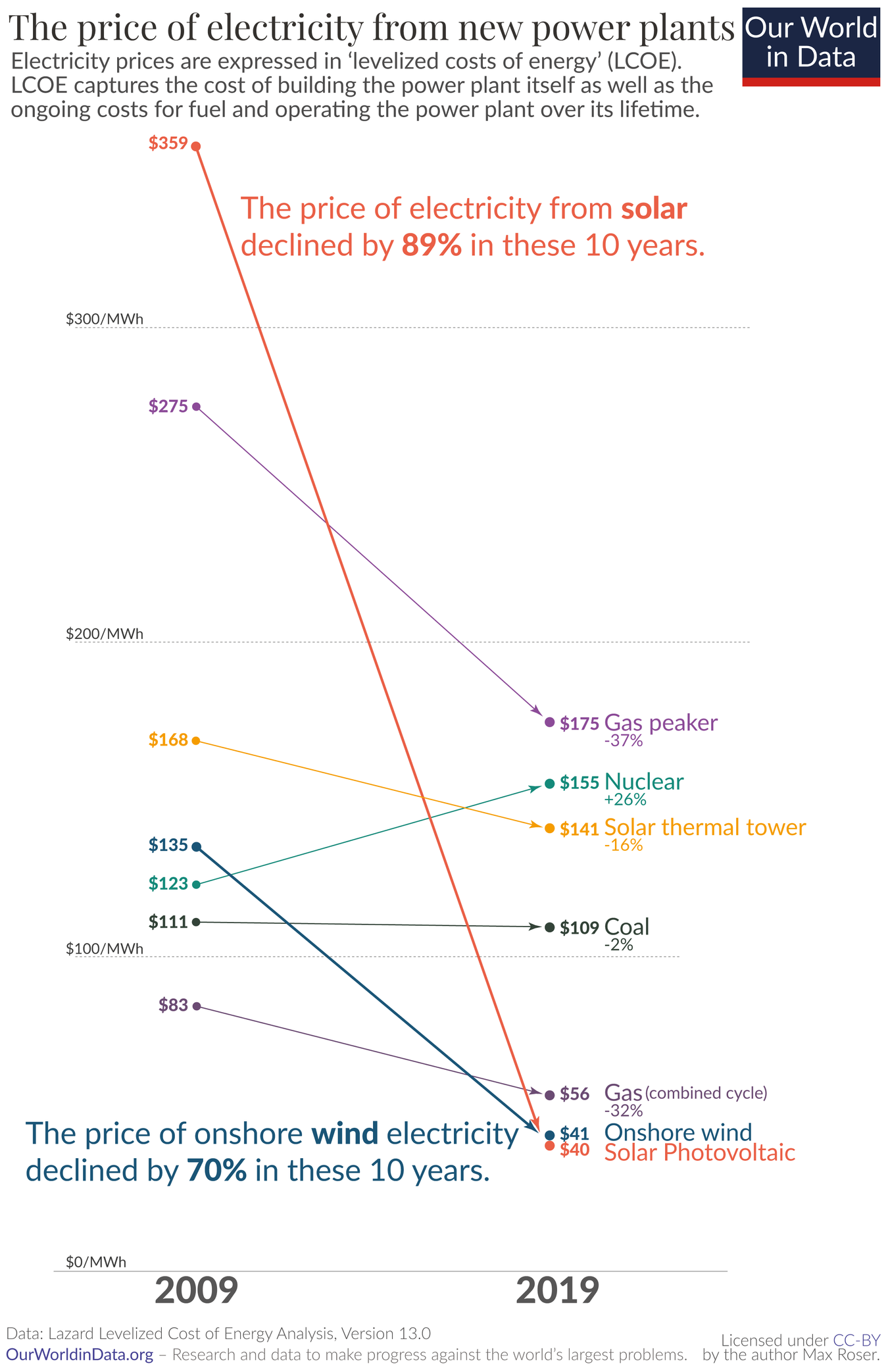Technology
This is the official technology community of Lemmy.ml for all news related to creation and use of technology, and to facilitate civil, meaningful discussion around it.
Ask in DM before posting product reviews or ads. All such posts otherwise are subject to removal.
Rules:
1: All Lemmy rules apply
2: Do not post low effort posts
3: NEVER post naziped*gore stuff
4: Always post article URLs or their archived version URLs as sources, NOT screenshots. Help the blind users.
5: personal rants of Big Tech CEOs like Elon Musk are unwelcome (does not include posts about their companies affecting wide range of people)
6: no advertisement posts unless verified as legitimate and non-exploitative/non-consumerist
7: crypto related posts, unless essential, are disallowed
view the rest of the comments

Much of this can be solved or mitigated with pumped hydro, green hydrogen, thermal batteries, or maybe compressed air. The problem is that all of this requires infrastructure spending.
California's duck curve specifically can be flattened with desalination. Any excess power that California makes with solar beyond the grid's demand should just go into making more fresh water. Having too much solar energy is really just a problem of not having systems you can turn on when you do. Even if you only get 30% of the power back with green hydrogen it is power you had too much of in the first place.
One gallon of gasoline is equivalent to 33.7kWh of electricity and your average American home uses 29kWh of electricity a day. We've been perfectly fine wasting energy for over a century, I don't see why we should pearl clutch now.
Agreed. This is spending that our country isn't willing to do, mostly because of what we already have (both in terms of infrastructure and in political influence). Personally, I hate this.
As for Cali's duck curve issue, desalination is a great idea, but expansion of renewables and storage should really come first. Keep in mind that the current Cali grid generates much less dirty power during the day, where solar covers a majority of demand. Should we divert that solar power to desalination, we would need to ramp up dirty power generation during the day, and we would continue to generate dirty power at night.
While I agree with you, we also have to consider what this would do at scale. The 70% of excess power that you lose here translates to wear on the solar panel systems that is never realized into power. That is, the systems will wear at the same rate, but the amount of power you can utilize over the lifespan of the systems is decreased. It's still a better solution than not implementing these at all, but I'd be wary as to how reluctant our society would be to the spending, especially if the ratio of cost to utilization(?) becomes skewed.
Well, that's an issue in of itself. It'd be great if we could waste less power in conventional generation, but it'd be even better if we could match or even beat that with renewables. I hope we can reach a point where everyone can agree to implement renewables sooner than later, but I don't see dirty power's political influence allowing for changes until renewable is equal to or better than dirty power. Which sucks, but a lot about our political system sucks.
I'm not talking about using solar to make fresh water. I'm talking about using the excess power to make fresh water as to not put more power into the grid than it can use. The duck curve is often used as a sticking point for why nuclear doesn't work, because nuclear needs a base load and the duck curve is a base load nuclear can't accommodate.
Obviously more storage to use more renewables but also, just use the excess for something. Nuclear can boil water to desalinate, use excess electricity to desalinate via RO. Given the infrastructure you could even use this to water California's immense farms. (But power companies like making profit so... no times of free power, climate change instead please)
With how cheap PV panels are per mW it is not really an issue about how efficiently the power is stored. We'd obviously want to recycle them but generally the fact that you don't pay for fuel means eventually the power is free. There was a study done in LA where if you covered just the parking lots with solar you could provide power for the entire city (if storage was available obviously)
A chemical battery will be somewhere like 80% or more efficient but they can't hold that for weeks, months, or years.
Pumped Hydro is ideal, the Hoover Dam produces 4.5 billion kWh of electricity a year. With pumped hydro you can effectively do the same thing in places rain doesn't do it for you. Bath county for instance has 24,000mWh of capacity. They're obviously really dangerous if they break and also damage ecosystems.
But green hydrogen can be done mostly anywhere, stored more easily (obviously not as easy as fossil fuels or well most things) and can be transported.
That's really more of an indictment on LA having too much parking than anything else.
Put the solar panels on the roofs. Replace the worthless parking lots with more productive buildings. And, obviously, quit forcing everybody to drive everywhere.
I agree but I feel that is even more aspirational than renewable energy.
Personally I want high speed rail, commuter rail, trams, and bike infrastructure but I'll probably be dead by the time any of that happens if it does at all.